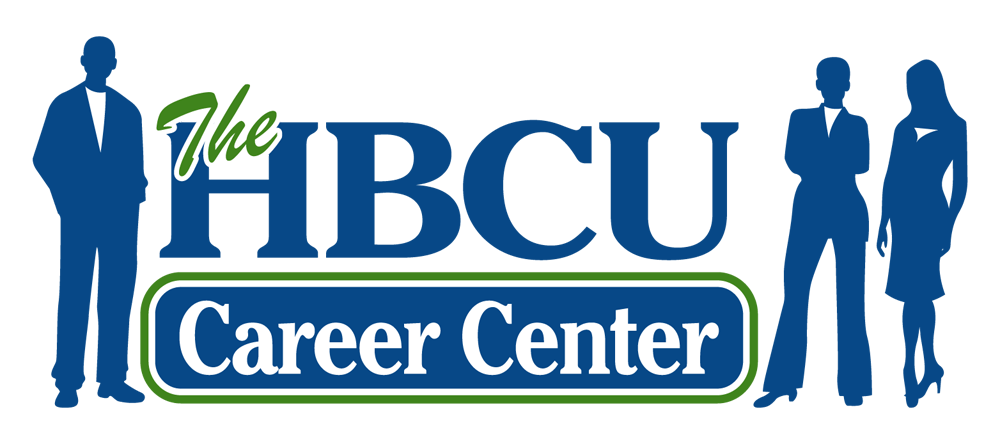How to Optimize Your LinkedIn Profile
An often-overlooked platform for college students and even experienced professionals is LinkedIn. LinkedIn can be thought of as a professional version of Facebook (or Meta), allowing users to network with people in the same professions, post updates, create an online resume, and apply for jobs. For college students and alumni, LinkedIn is a great way to showcase your education, work experience, skills, certifications, and much more. If you’re considering creating an account, or need to revise your existing profile, use these tips to optimize your profile to get maximize your LinkedIn experience.
Use a professional picture
A good starting place when optimizing your LinkedIn profile is to include a professional picture in your profile. One of the first things a person visiting your page will see is your profile picture, so it’s essential that you use an image of yourself that is clear, strong, and professional. For example, a headshot of yourself in business attire is a great option for your profile picture.
Add a header photo
Another item that people will take note of when visiting your profile is the header photo. The header photo on your page is a great way to showcase your professional interests, experience, skills, or your company. Choose designs that are eye-catching, but don’t distract visitors from the more essential aspects of your profile. Check out different LinkedIn profile users’ background photos to get some inspiration.
Have an eye-catching headline
A strong headline should entice your profile’s visitors to want to learn more about you. Think of the headline as the title of a news article. If the title doesn’t spark your interest, would you still read it? When creating a headline for your profile, use strong adjectives and creatively advertise your profession.
Here’s an example of a good headline:
Emerging Public Health Leader | Mental Health Advocate | MPH Graduate Student
Create a strong summary
Your summary should be a short story about your professional career. This is the section of your profile where you can discuss your educational background, relevant work experience, and skills in an informative yet exciting way. Use as many keywords as possible, which can help boost your profile on LinkedIn when people are looking for your type of expertise. However, avoid giving away too much information in your summary since you want visitors to keep scrolling to learn more about you.
To find inspiration for developing your summary, look up profiles of people who work in the same career field as you.
Add your education, work experience, and skills
As mentioned earlier, your LinkedIn profile is like an online resume, which means your education, work experience, and skills should be included. Here are some tips when developing these sections:
If you have a long job history, only add the most relevant positions
Add achievements to your job descriptions (Ex. Increased company’s social media engagement by 80%)
Use strong keywords
Attach media (presentations, articles, graphics, and videos)
Update sections as needed
Get endorsements and recommendations
You're more likely to get endorsements when you add your skills and education. Endorsements help show the “proof” that you have the expertise to perform the skills successfully. As you grow your network, you may have some connections (fellow LinkedIn users) with people who may be a co-worker or a classmate that can vouch for your talent. Recommendations are a step above endorsements, as people can leave a review on your profile, describing their professional experiences with you. The more endorsements and recommendations you have, the more views and engagement to your profile.
Write articles
Like Facebook, LinkedIn allows users to create posts, which are typically about new jobs or promotions, career news, advice, and other topics. In addition, there is an option to create your own article. Writing an article on your area of expertise notifies your profile’s visitors of your experiences and skills in your career (or aspiring career). Those who read your article may be more inclined to learn about you, thus leading to more connections and activity on your profile.
Here are some ideas for creating a LinkedIn article:
Latest news regarding your industry
Best resources for excelling in your career field
Tips and tricks
Your professional experiences in your field
Or any topic of interest within your industry
Engage with others
Lastly, one of the best ways to optimize your LinkedIn page is engagement. Like any other social media platform, you’ll find more success on LinkedIn if you are active on the website. You can engage in different ways, such as:
Liking and commenting on others’ posts
Sharing posts
Making connection requests
Joining groups
LinkedIn is a great resource to meet others in your field and showcase your skills, education, and experience. Many people who take advantage of LinkedIn are more likely to land great opportunities, like internships or jobs, just by connecting with people in their career field. Use these tips to develop a compelling LinkedIn profile that can expose you to new career opportunities.

